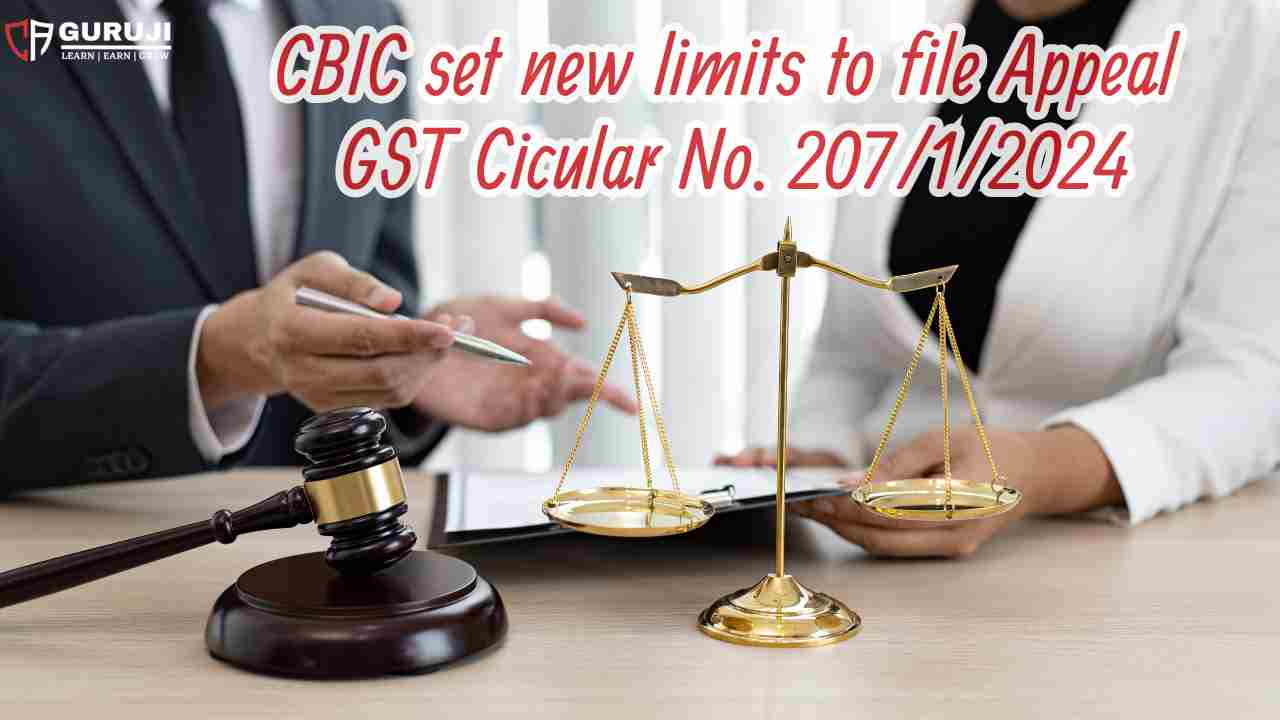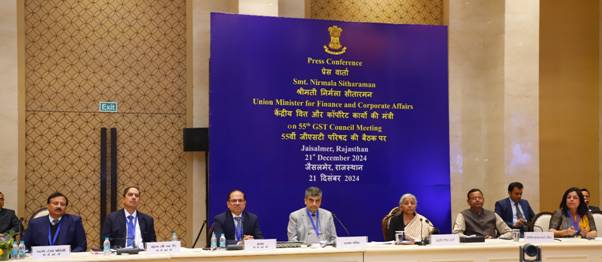The Central Board of Indirect Taxes and Customs (CBIC) has released Circular No. 207/1/2024-GST, dated 26th June 2024, outlining new measures aimed at reducing government litigation by establishing monetary thresholds for filing appeals or applications before the GST Appellate Tribunal (GSTAT), High Courts, and the Supreme Court. This initiative is part of the broader National Litigation Policy designed to optimize judicial resources and expedite the resolution of pending cases.
Key Provisions of the Circular
1. Objective of the Circular The primary aim of this circular is to minimize unnecessary litigation by setting specific monetary limits below which appeals should not be filed by the tax authorities. This approach is intended to foster prudent litigation practices and ensure that judicial resources are used effectively.
2. Legal Basis The authority for this circular comes from Section 120 of the Central Goods and Services Tax Act, 2017 (CGST Act), which empowers the Board to fix monetary limits for filing appeals or applications by tax officers. These limits are established based on recommendations from the GST Council.
3. Monetary Limits for Filing Appeals The circular specifies the following monetary limits for filing appeals by Central Tax officers:
- GSTAT: ₹20,00,000/-
- High Court: ₹1,00,00,000/-
- Supreme Court: ₹2,00,00,000/-
4. Principles for Determining Monetary Limits The following principles should be applied when determining whether a case falls within the specified monetary limits:
- For disputes involving tax demand (with or without penalty/interest), the aggregate amount of tax in dispute is considered.
- For disputes involving only interest, the amount of interest is considered.
- For disputes involving only penalty, the amount of penalty is considered.
- For disputes involving only late fees, the amount of late fees is considered.
- For disputes involving interest, penalty, and/or late fees (without disputed tax), the aggregate amount of these charges is considered.
- For disputes involving erroneous refunds, the disputed refund amount is considered.
5. Exclusions Certain cases are excluded from these monetary limits, meaning appeals can be filed regardless of the amount involved. These exclusions include cases where:
- A provision of the CGST Act or related laws is deemed unconstitutional.
- Rules or regulations under the CGST Act are deemed ultra vires the parent Act.
- An order, notification, or circular from the Government or Board is deemed ultra vires the CGST Act.
- The matter involves recurring issues such as valuation, classification, refunds, place of supply, or other interpretative issues.
- There are adverse comments or costs imposed against the Government/Department.
- The Board deems it necessary to contest the case in the interest of justice or revenue.
6. No Presumption of Acquiescence The circular clarifies that non-filing of an appeal based on these monetary limits does not imply acceptance of the decision on the disputed issue. Tax officers retain the right to file appeals in other cases involving the same or similar issues where the disputed amount exceeds the monetary limit.
7. Implementation and Future Considerations The circular instructs officers to ensure that appeals are filed based on the merits of each case, keeping in mind the broader objective of reducing unnecessary litigation. It emphasizes that even if a case exceeds the monetary limit, the decision to file an appeal should be carefully considered.
8. Addressing Difficulties Any difficulties in implementing this circular should be reported to the Board at gst-cbec@gov.in.
Conclusion
The CBIC’s latest circular is a significant step towards reducing the litigation burden on the judicial system. By setting clear monetary thresholds and providing detailed guidelines, the circular aims to streamline the process of filing appeals and ensure that only cases with substantial revenue implications are contested. This move is expected to bring greater certainty to taxpayers regarding their tax assessments and promote a more efficient and effective dispute resolution process.
Visit www.cagurujiclasses.com for practical courses











